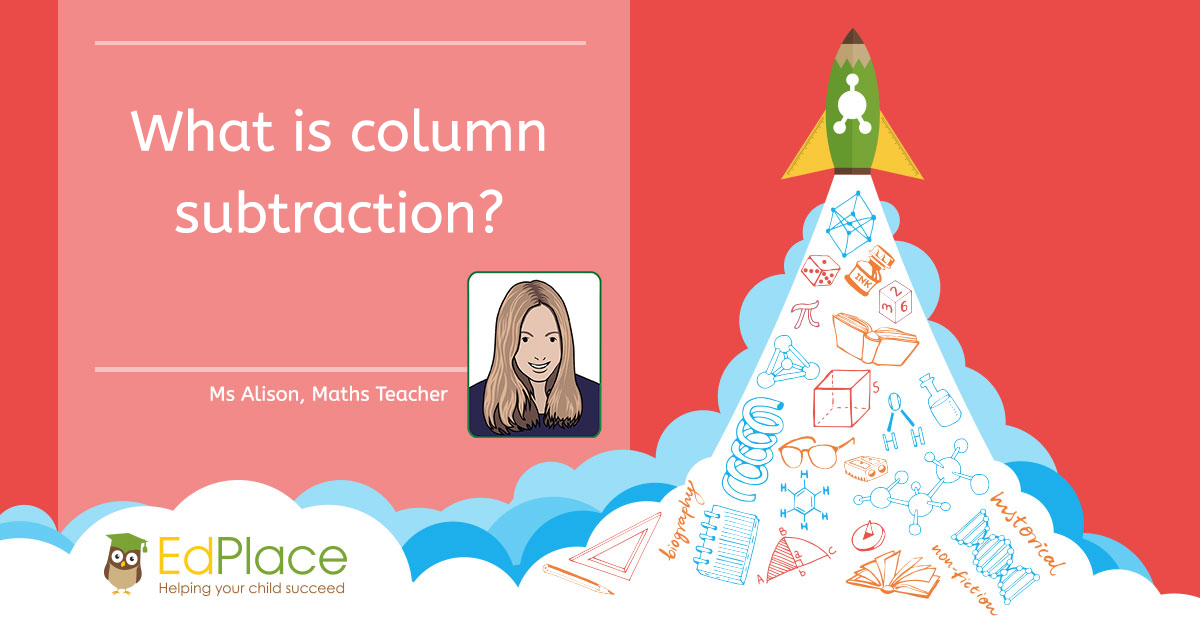What is a habitat?
What is a habitat?! A habitat is where something lives – animal, plant, toadstool, whatever – and it must provide food, shelter and the right conditions to reproduce – to make lots of little animals, plants, whatever.
All you needed? Let's practice!
Habitat Explained
So, let’s start by thinking about what would be the wrong habitat:
Imagine a fish that’s been put into a rabbit hutch. It’s going to die, isn’t it? The habitat’s all wrong: it cannot extract oxygen from air with its gills, it cannot suck food into its mouth and there’s no water to reproduce in. A rabbit hutch is a rubbish habitat for a fish!
What about planting an oak tree on the beach? It needs a solid anchorage for its roots to draw up water – sand’s no good. Then the sand’s full of salty water – not only will the tree not be able to draw that up but it’s likely that the saltiness will actually take water out of the tree – definitely a no-no! Any acorns it drops will float away and die, and there are no other oak trees to reproduce with. A beach is a BAD habitat for an oak tree.
So, the right habitat is the right place to live for….whatever! Oh, and fun fact: scientists who study what lives where are Ecologists!
How many habitats are there?
Oh, loads! You probably know some of them: woodland, grassland, beaches, ponds, the sea, and many more. Even within each ‘habitat’ there are different ‘micro-habitats’, so in a wood, for example, you have the canopy where things live in the tree-tops; you have the leaf-litter, which is dead exciting – the area on the ground where the leaves fall and decay; you have the soil, the bark and so on and guess what? Each one has its own community of organisms living there.
Oh, and you know what? Many of them are adapted to their particular part of the habitat: look at the Greenfly; they're coloured green to match the leaves they’re feeding on. Same with caterpillars that look like twigs - isn't nature fab!
You see, in every habitat, there are aspects that can make it a good place or a bad place for an organism to live – environmental factors like temperature, rainfall, or light, or even other organisms that live there.
Hey, you know about climate change, don’t you? Well, that’s already having a massive effect on habitats worldwide as it can affect these environmental factors: take water for example – a pine tree needs a certain amount of water to grow well, but if its habitat drys out over time, that area is no longer a good habitat and the pine tree will die – it’s now the wrong habitat!
Habitat Experiment
Now, what about getting your hands dirty, huh? I mean, habitats are there to be investigated. Take a wood in autumn for example – that leaf litter under the trees is MAGIC to investigate! So, grab:
- a plastic bag
- a trowel or small spade from your beach toy set
- an adult
Head to your nearest wood/park, scoop up a handful or two of leaf litter (going down to about soil level) and pop it into your plastic bag.
Take it home and place it somewhere you (or your parents) don't mind getting a bit mucky. Spread out the largest piece of light-coloured paper you can find (the back of some wrapping paper’s pretty good) and tip the leaf litter on to it.
If you’ve got a Magnifying glass then great, because it’ll help you see things better, but don’t worry if not: with your finger or a pencil, gently turn leaves over and prepare to be amazed!
Take a look at what might be living there; typical animals you’ll see are earthworms, slugs, beetles, woodlice, spiders and loads of tiny, tiny things like springtails and false scorpions (don’t worry – no sting there!!) – all inverterbrates (yeah, creepy-crawlies). The micro-habitat is perfect for them: damp, dark, cool and full of yummy food – dead leaves (or each other!) – in fact, you might see a food chain in action right in front of your eyes! When you’ve finished having fun, pop all the leaf litter and the little critters back into the bag and take them back home, to their habitat.
So, that was fun! Why not check out these EdPlace worksheets to really sharpen up your habitat skills?
Year 2 - Animals adaptation to habitats
Year 4 - Animals in the local environment
Year 4 - Habitat: who lives where?
Year 4 - Investigating animals in our local environment
Further Learning
http://www.microscopy-uk.org.uk/index-no-ads.html?http://www.microscopy-uk.org.uk/ponddip/index.html : Go on a virtual pond dip – amazing!
http://www.bbc.co.uk/bitesize/ks1/science/plants_and_animals/play/popup.shtml
http://www.bbc.co.uk/schools/scienceclips/ages/8_9/habitats_fs.shtml










